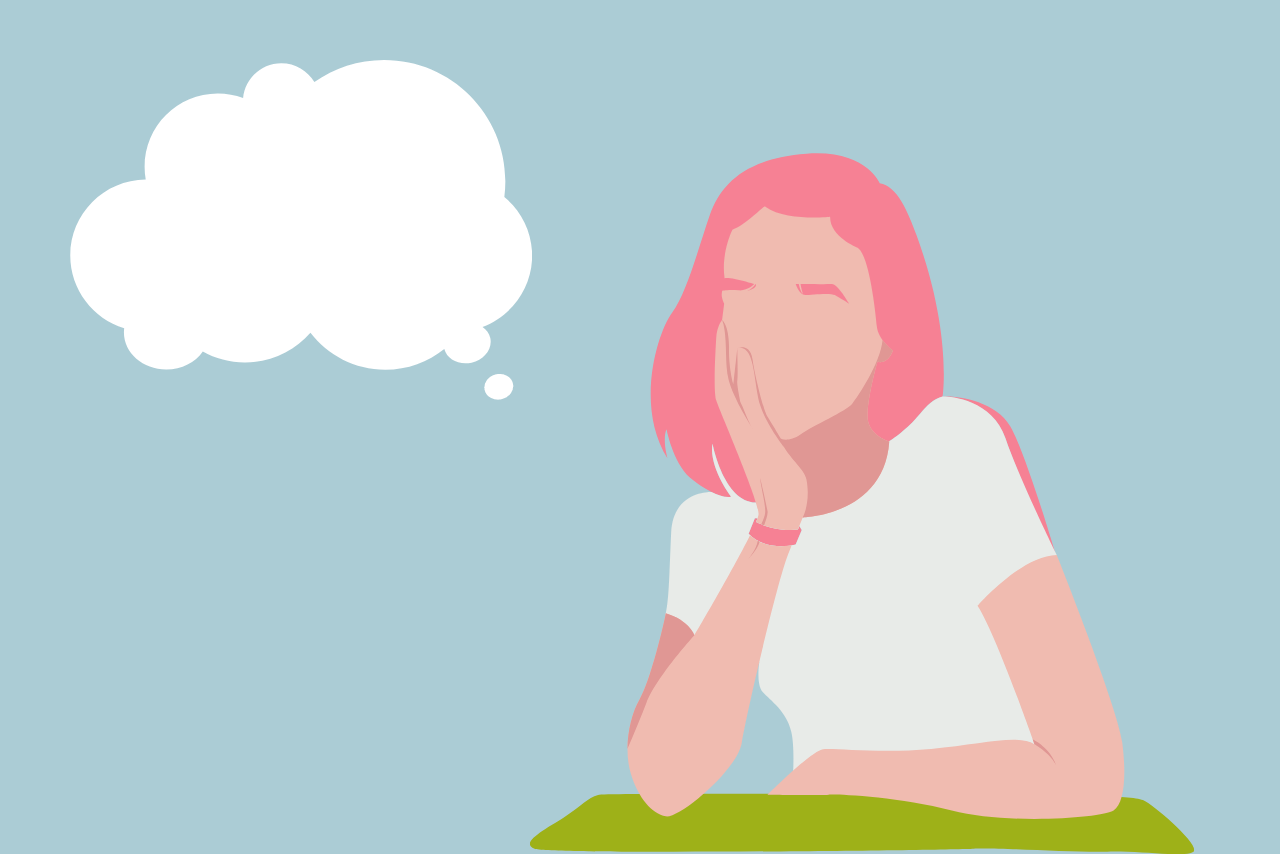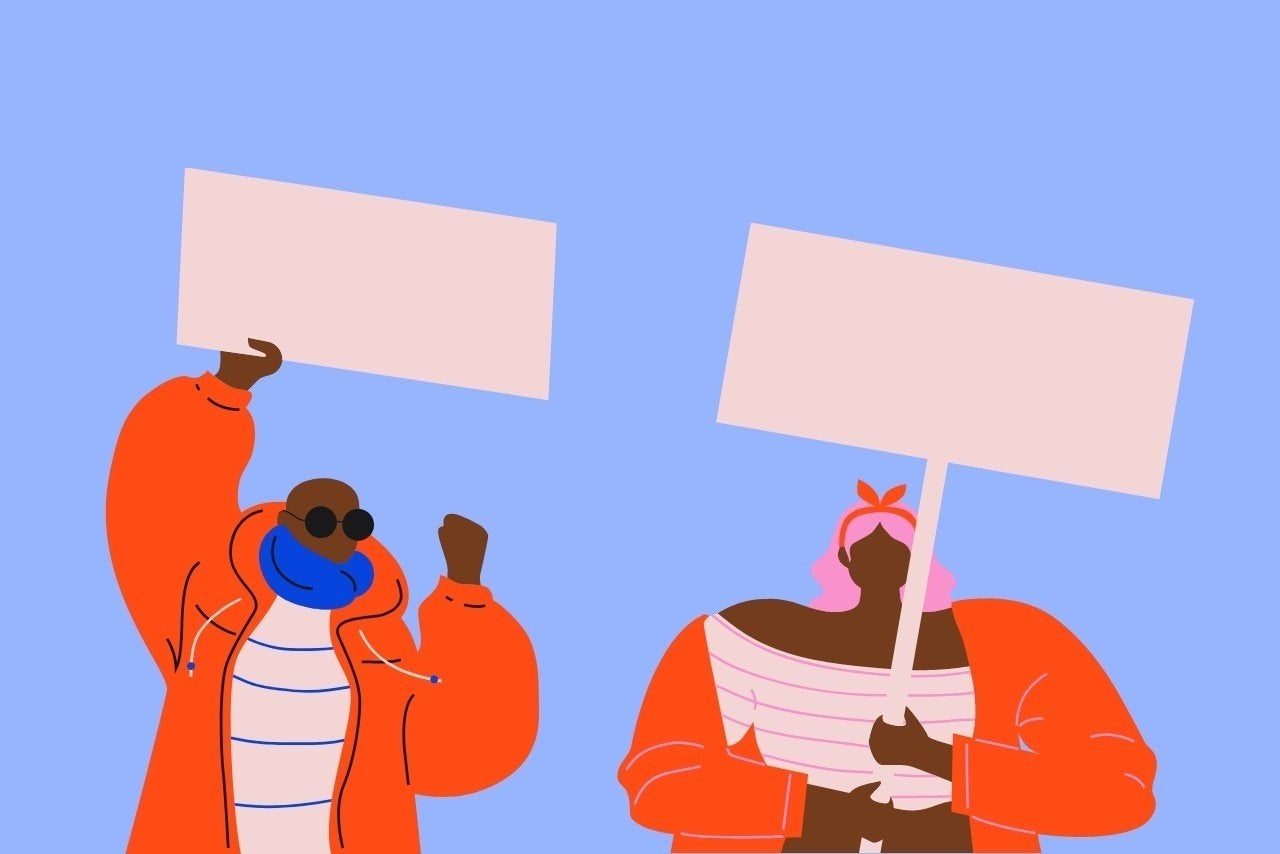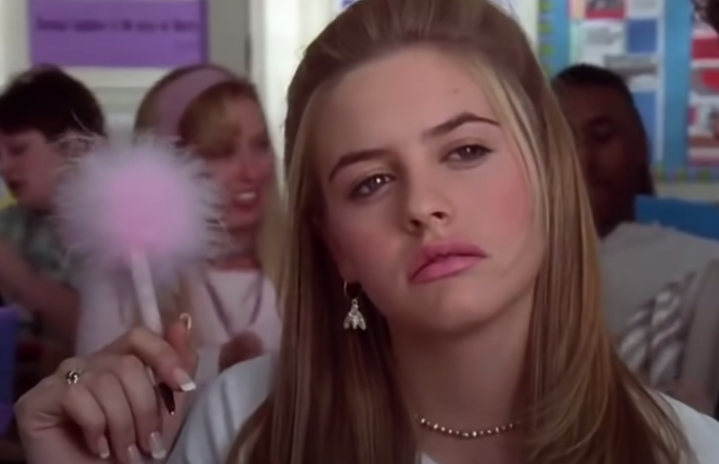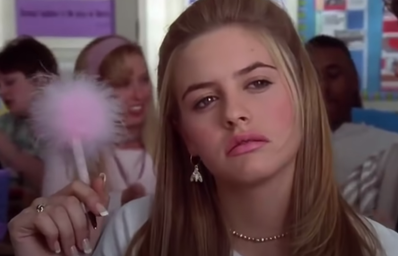As a kid, I grew up admiring several fictional TV characters. Among them included Kim Possible, the teen spy; Hannah Montana, the undercover pop star; and even Eliza Thornberry, the adventurous wildlife explorer. These characters intrigued me in different ways. When I thought about my future, I was confident that I could be fabulous and talented like Hannah Montana, or cool and heroic like Kim Possible. I was even convinced I could trek the jungle in search of adventures like Eliza Thornberry.
Yet, as I got older and began to consume more mature media, the portrayal of some of my favorite characters became less about what I saw in them as it relates to my personality, interests, and agency, and more so about how I looked in comparison to them. I was never jealous of Eliza Thornberry’s braided pigtails. I wanted to be like her because she was adventurous, curious and brave. The seventh-grade girls in my favorite TV shows and movies looked older and more mature, so I began to question why I was in seventh grade and didn’t look like them. I felt like something was wrong with me and couldn’t figure out why I wasn’t sexy like those women were. It wasn’t until years later that I recognized the masculine bias in media production and learned about the social implications they arouse which affect young girls everywhere. Recently, I learned about the term “the male gaze,” and became intrigued by this idea and how women are affected by it.

The male gaze is a feminist film theory in which a “woman is visually positioned as an ‘object’ of heterosexual male desire.” Female characters are often portrayed in the media as overly-sexualized to increase the audience appeal, stemming from a patriarchal industry and society. This paralleled with the fact that the film industry is male-dominated, leading to media which is male-oriented. Thus, the logic prevails that “woman is ‘spectacle’ and man is the ‘bearer of the look.’” To understand this term, think of Wonder Woman. She is a strong, powerful fictional character who is the most notable female superhero. While Wonder Woman portrays a woman with her own agency and power, she is also known for her tiny blue and red leotard, knee-high heeled boots, perfect figure, strong legs and long beautiful black hair. While Wonder Woman is a character worthy of admiration by little girls everywhere, I often think: would Wonder Woman be as popular a character — or exist at all — if she were not strikingly beautiful? She was created by two men who strived to depict a powerful woman in all aspects of her being. But does that mean beauty is then correlated with power? I mean, if Wonder Woman didn’t have the body of a Kardashian, would she be as notable a character in mainstream media? And more so, if Wonder Woman were developed by a woman, would she look the same? According to the male gaze theory, no.
More so, the male gaze theory doesn’t just target female characters, but male characters as well. There is an argument that the male gaze is double-sided. Hence, it is not only female portrayals that are overly sexualized and thus objectified for men, but male portrayals sexualized for women. These male characters are portrayed not as what all women are necessarily sexually attracted to, but what men creators think women would be sexually attracted to and often only exist to be seen.

Overall, the male gaze is problematic in multiple ways. It creates a power imbalance between men and women and supports a patriarchal status quo. In my case, it made me see myself as an object to be desired by men, as opposed to being the main character in my life. However what helped was recognizing that the male gaze exists and is a social problem, which perpetuates feelings of self-objectification in many young girls. Women are slowly but surely tackling this problem by creating their own works, such as Greta Gerwig’s Lady Bird (2017) and Celine Sciamma’s Portrait of a Lady on Fire (2019), which challenge this male gaze pattern and acknowledge women for their beautiful inner complexities, not their image. And while the solution is many things, I know that I can make sure my future daughter grows up aware of the social implications of the male gaze theory. Hopefully, she too will be convinced she can trek the jungle in search of adventures or be an undercover pop star.


